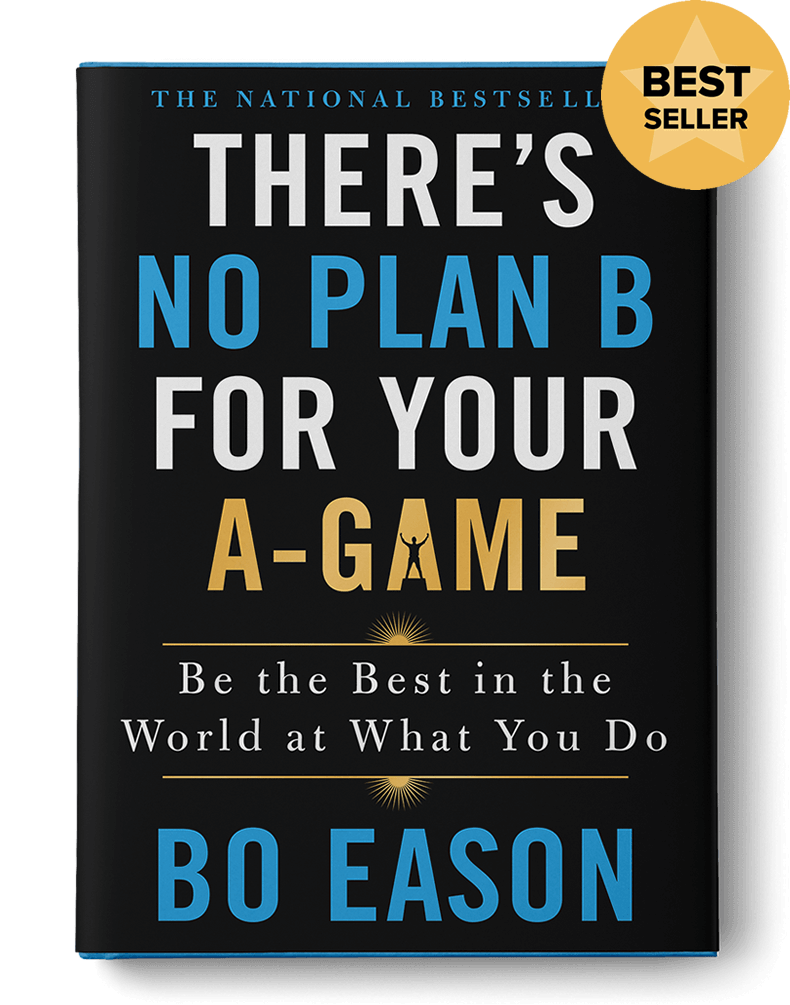Everyone who works with me, either by coming to the Personal Story Power Event or joining my yearlong coaching program, knows my story structure coach Mary Kincaid. She is brilliant at breaking down story. Whenever I’m thinking of a story to use, I go to her with questions like, “Where should I start? What do I transition to next? How should I end it?” Do those questions sound familiar? They should because they’re the questions you often ask me.
Mary takes the heart and the guts of what you’re saying and transforms it into an effective, impactful and precise narrative that delivers value to your audience. She is the best at what she does and that’s why, starting this week, I’m going to share parts of a conversation she and I had at my event. If you’ve come to my event, think of these next few weeks as a refresher. We start with why you should be telling your story now.
Mary: Some stories, they have a timeline for when they’re ready to be told, and until it’s time for them to be told, you can’t really tell them. When I was going to do a solo show, I never felt like I had the ending.
Just recently, I became a grandmother and now I feel like I can write the ending because it came full circle. But I didn’t wait for the whole thing to be done to start sharing it. I started sharing pieces of it. I jumped in and started telling different parts. And now, I’m part of a storytelling show in Hollywood.
I just encourage everybody to start telling their stories, wherever they’re at right now, because that’s how they get developed and form—by sharing them as many times and with as many people as you can because you’re constantly getting feedback on that story. Don’t wait until it’s perfect to start sharing it. Start sharing it right away.
Bo: When you start working with a new client, what’s the first thing you do?
Mary: I ask a ton of questions. I need to understand your business, how you’re planning to use the story, where you’re planning to use it, what kind of audiences you talk to and what purpose you want the story to serve.
There’s something about having the right story for the right people, told in the right way at the right time so that everything lines up; then you have real magic. I ask those questions because often you have a point of view about your story and you’re not seeing it objectively.
Sometimes you don’t even know the aspects of your story that you’re not sharing because they don’t seem important to you, but you’re not thinking about your story from the perspective of the person who’s going to receive it. I look at things from the audience’s perspective. There are things you may not be revealing, that you don’t think are important, but they’re very important.
Ultimately, what your story is designed to do is take the audience on the same emotional journey you went through when you lived the story. If you notice, Bo doesn’t tell stories. He re-lives stories in front of you. That’s a big difference. A lot of people are out telling stories but that’s very different than re-living a story with an audience. When you are re-living it with the person telling it, it’s a richer experience for you as an audience member.
Bo: That is so true. Most people are distant from their own story. They’re removed from their own story. They’re telling it as if they’re the third person. If I can be my mom—instead of telling you, “Hey, my mom is this really strong lady”—what if I just show you by acting as if I am her? That tells you everything you need to know about my mom. I don’t need to list a bunch of characteristics. All I do is be my mom and those characteristics are revealed. That’s true storytelling.
Are you going to start practicing right now? Let me know in the comments below. To hear more from Mary, stay tuned to my blog over the next month and check out her website.
If you're ready to jump to the next level with your story, reserve a spot at my event now. If you're not ready to start sharing yourself, tell me why by leaving a comment below.

